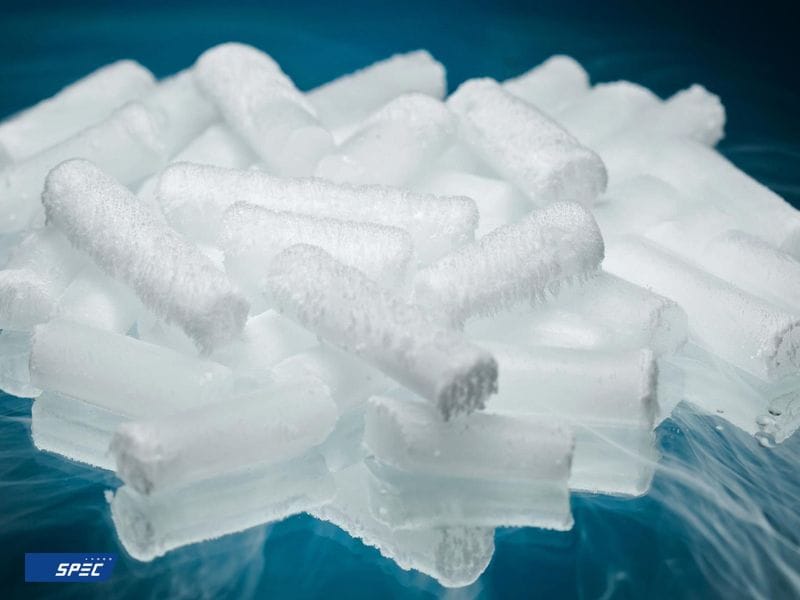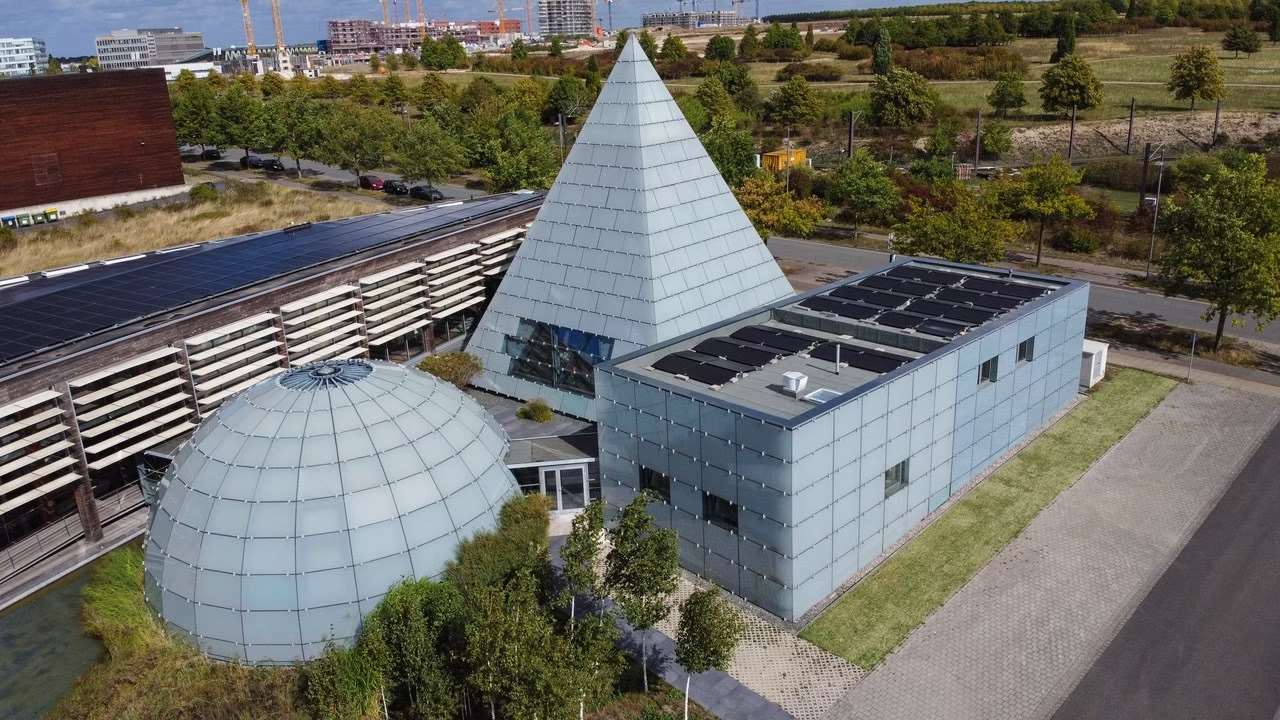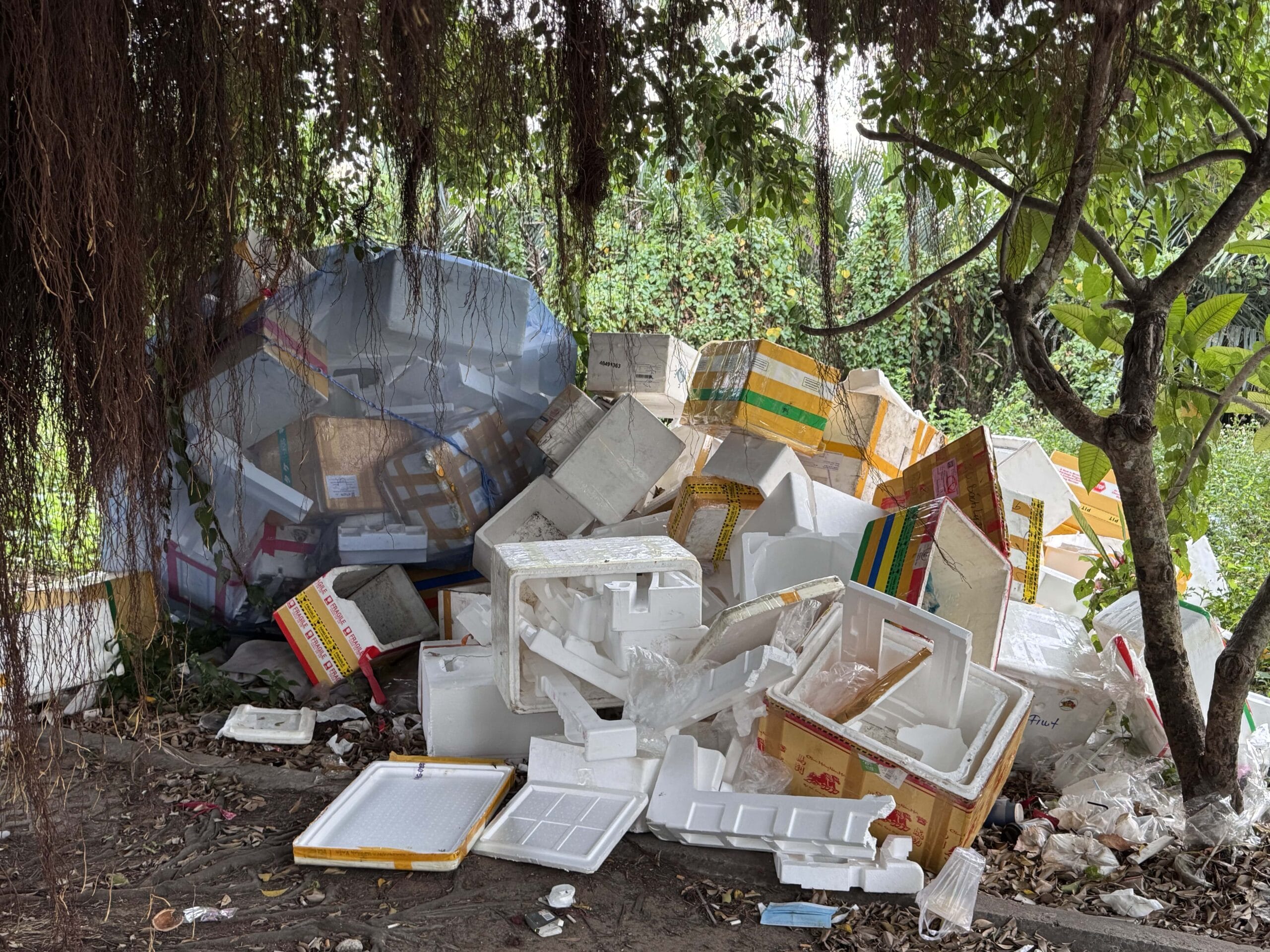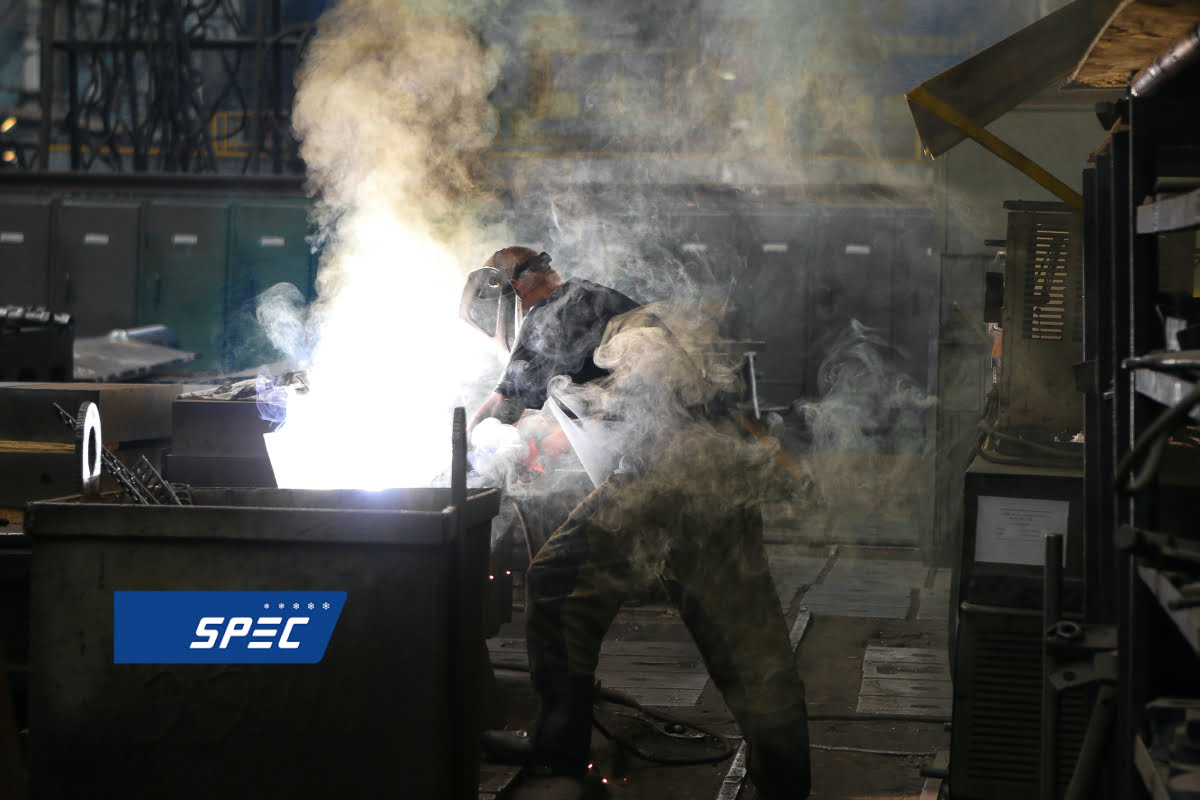Dry ice blasting is an environmentally friendly and superior method of cleaning, often used for industrial plants, manufacturing, and even historical restoration. The setup is very simple and the machine itself is also very easy to use with only one or two operators needed. However, there are also a few safety requirements to keep in mind when using this machine as the machine use up a lot of dry ice and to ensure operator safety. In this article, let’s learn more about how to operate dry ice blasting safely with Specco2!
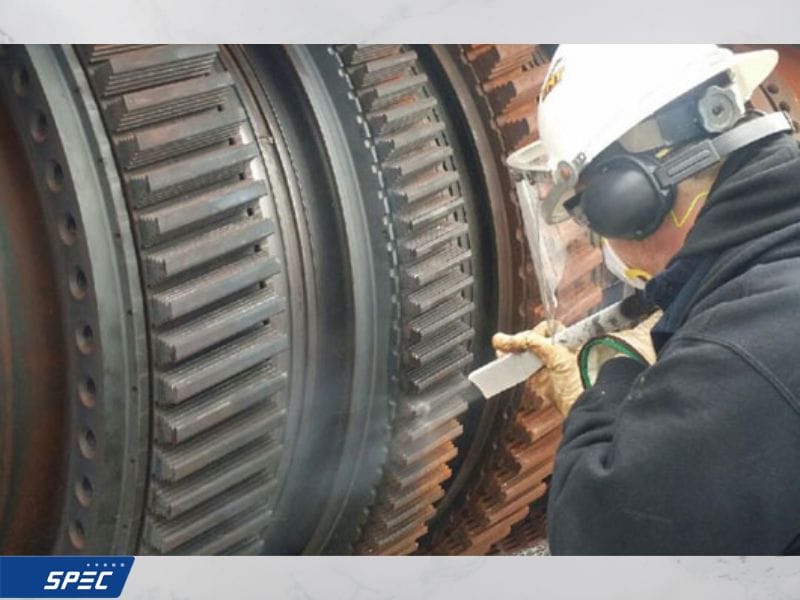
About dry ice blasting
Dry ice blasting is a sustainable alternative method of cleaning that surpassed traditional methods with its state-of-the-art machine featuring outstanding technology; often use for adhesive removal, coatings & corrosion removal, composite tool cleaning, remediation, parts finishing, and surface preparation…. This method of cleaning utilizes mainly MicroParticles or often known as recycled solid carbon dioxide (CO2) pellets and combined with air compressor; blasted out through a nozzle at supersonic speeds and sublimate immediately upon impact. As a result, dirt and contaminants will be lifted completely off the underlying substrate. The process happens exceptionally fast.
Thanks to the unique characteristic of MicroParticles being recycled solid carbon dioxide, dry ice blasting is eco-friendly (as because dry ice sublimes as soon as stains are removed from the surface and they release zero secondary waste post-cleaning), effective, and cost-saving. By using this method, companies and business owners can save up to 70% of time and labor costs compared to traditional methods.
Dry ice cleaning can be used for a variety of industrial applications, including Automotive, Medical Device, Food & Beverage, Public Transportation, Rubber and Tires, etc.
The principle of dry ice blasting
A dry ice blasting machine is definitely very easy to use. Firstly, pour a sufficient amount of dry ice at the size you want into the hopper and use a suitable nozzle to blow over the engine parts that need cleaning; including hard-to-reach surfaces and crevices. Secondly, dry ice stored in the hopper will be accelerated by compressed air from air compressor or from factory compressed air source and blasted out through the nozzle at supersonic speed; aiming at the designated surface and dislodging all the contaminants, dirt, and other substances.
The whole process will be rapid, abrasive-free, moisture-free, chemical-free, and most importantly, environmentally sustainable as no secondary waste is left behind post-cleaning.
Safety measurements when it comes to operating a dry ice blasting machine
In the process of dry ice cleaning, it is expected that a large amount of dry ice will be used. Therefore, leading us to a few safety measurements or safety precautions that should be followed to ensure all personnel will be is safe throughout the working process. These are the things required in order to operate the dry ice blasting safely.
- Proper ventilation
Carbon dioxide stored in a tight and poorly ventilated space with a sufficient amount can cause suffocation and discomfort. In its hard form of dry ice, prolonged skin contact can cause instant and even severe frostbite as well as skin damage due to the freezing cold nature.
There are 3 things to keep in mind when it comes to ventilation:
- You can either choose Exhaust ventilation or Supply ventilation, they are all great ventilation methods to maintain and supply fresh air. In addition, air monitoring devices are greatly needed to give a much better indication of actual CO2 accumulation.
- The surroundings where dry ice blasting machines are being utilized must have suitable and effective ventilation. The ventilation should also maintain the concentration levels of the governing codes of your local/national body.
- With any space that contains a large quantity of CO2 emitted, it is compulsory for the people that enter to equip themselves with self-contained breathing apparatus. This applies even to urgencies that require assistance ASAP.
- Monitor and limit exposure
According to OSHA, the legal exposure to carbon dioxide is an average of 5,000 ppm over an 8-hour workday, 40 hours per week in total, and an acute exposure limit of 30,000 ppm in 15 minutes at most. After being in touch with CO2, the person is required to stay in well-ventilated places.
Operators should use a CO2 monitoring device when working with dry ice blasting in a confined space.
- Proper PPE
For readers who are not familiar with the term, PPE stands for Personal Protective Equipment. When it comes to handling dry ice and operating a dry ice blasting, it is essential to:
- Use gloves or tongs when handling dry ice.
- Equip safety eyewear when dry ice is in motion and also during the operation of dry ice cleaning.
- Dry ice storage
Dry ice can sublimate very quickly so choosing the right container is essential as it limits the amount of dry ice that evaporates and is safe for the user as well as reduces pressure due to evaporation.
Conclusion
When it comes to operating dry ice blasting for industrial applications cleaning purposes, it is highly recommended that operators follow all safety precautions and measurements required to ensure safety for both the operator and the environment. By choosing this superior cleaning solution, companies and business owners can reduce up to 70% of the time and labor costs compared to other methods. This method will increase production time, prolong the lifespan of machines and improve productivity greatly.
For more information about dry ice blasting and dry ice, please contact Specco2 today! We are more than happy to help. Specco2 is very proud to be the authorized distributor of SPECCo2 in Vietnam, specializing in distributing dry ice machines and producing dry ice.



